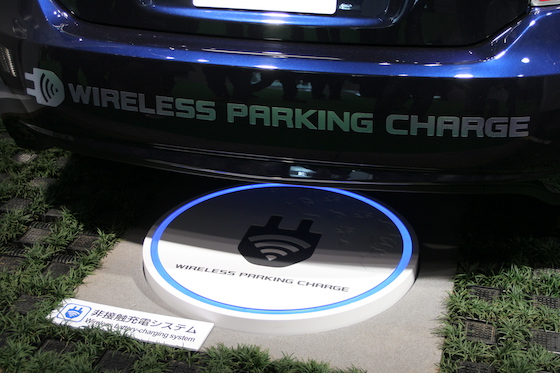Researchers at De Montfort University Leicester (DMU) may have solved a major issue which made charge-as-you-drive electric vehicles vulnerable to hackers.
Studies have shown that one of the major issues that put people off buying electric vehicles is the fear that they cannot drive far without having to be re-charged, as well as a lack of charging points.

Dynamic wireless charging is a new way of powering electric vehicles that lets them charge up on the move, extending travel time and getting rid of large cumbersome batteries. It is being trialled by the likes of BMW and Tesla.
The team propose using city buses to act as mobile charging hubs, using the energy from a focused magnetic field combined with stationary charging posts to power electric vehicles. It would also save money by removing the need for expensive new roads fitted with charging pads and infrastructure.
In order to keep charging, an electric vehicle must transmit data regularly on its location and energy to the wireless network – and this makes it vulnerable to cyber criminals, particularly spoofing attacks, which can spread malware or launch denial-of-service attacks which shut down networks.
Dr Maglaras added: “Dynamic wireless charging is a technology with great potential that it combines high-tech communication between vehicles and state-of-the-art technologies for energy transfer, enabling vehicles to extend their travel time without the need for large batteries or extremely costly infrastructure.
Now the team at DMU, working with colleagues at the University of Surrey and the University of Thessaly, Greece, have come up with a way to block attacks using algorithm based on machine learning, potentially making it safer to use.
Their intrusion detection system (IDS) spots when fake location data is being received. Computer modelling of their system has shown a statistically significant improvement in detecting threats and they plan to test it on electric vehicles soon.
Dr Leandros Maglaras said: “A spoofing attack is one of the most dangerous attacks for route optimisation systems. This type of attack allows an attacker to spoof its real geographical position in the information sent within interchanged messages, making it appear that the vehicle is in another position.”
“Transport is a sector that will change significantly over the next few years. For this to materialise, however, we need to make sure that intelligent transportation systems, such as the system proposed in this work, are safe for the public to use at all times.”
The proposed DWC and the IDS are presented in the following publications:
Leandros A. Maglaras, Jianmin Jiang, Athanasios Maglaras, Frangiskos Topalis, "Mobile Energy Disseminators increase electrical vehicles range in a smart city", Proceedings of the 5th IET Hybrid and Electric Vehicle Conference (HEVC 2014), London, 5-6 November 2014, DOI:10.1049/cp.2014.0947
Dimitrios Kosmanos, Apostolos Pappas, Leandros Maglaras, Sotiris Moschoyiannis, Francisco J. Navarro, Antonios Argyriou and Helge Janicke, "A Novel Intrusion Detection System Against Spoofing Attacks in Connected Electric Vehicles", Elsevier Array, Vol. 5, March 2020, DOI: 10.1016/j.array.2019.100013
A recent interview about the proposed method appears in
Elsevier
Posted on Friday 7 August 2020